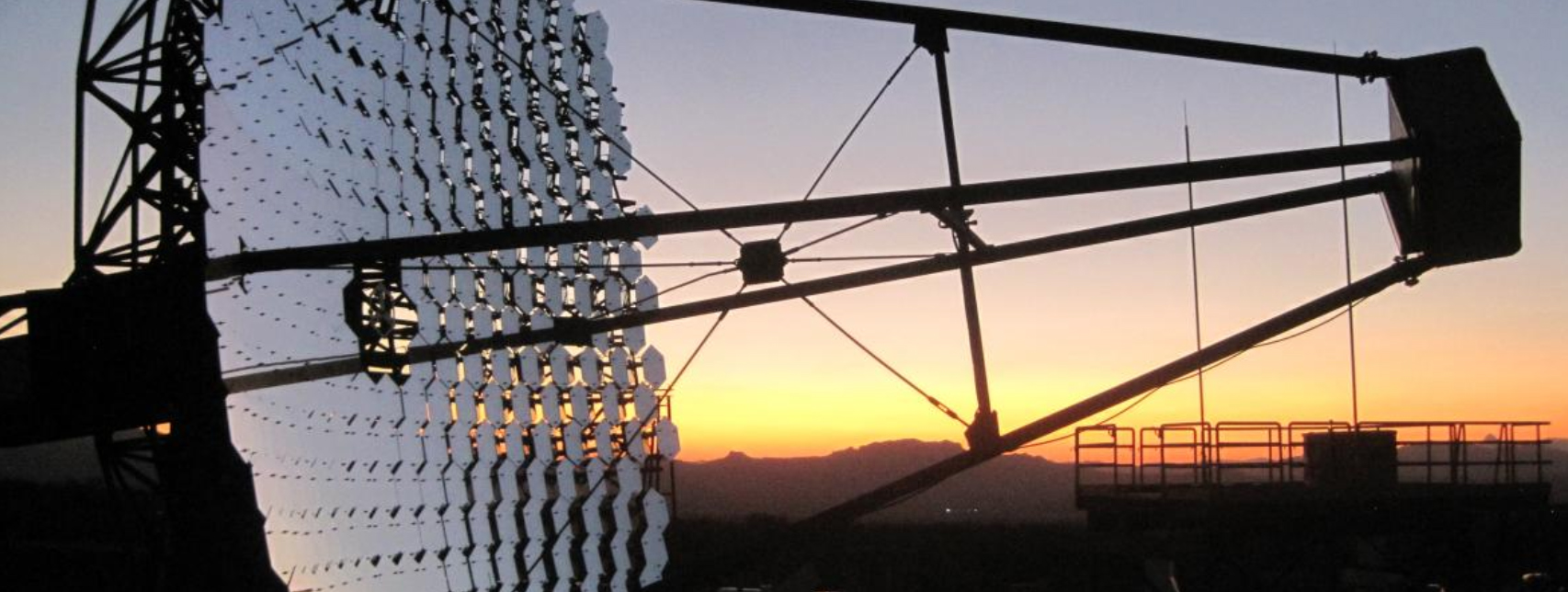Research areas
Overview

UCLA's High Energy Astrophysics team explores the astrophysics of the high-energy Universe, as revealed by gamma rays, neutrinos, and cosmic rays, and on the quest to understand the nature of dark matter. High-energy particles can be produced by many different types of cosmic accelerators, including spinning neutron stars (pulsars), expanding shells of supernova remnants, jets of active galactic nuclei (AGN), and explosions of massive stars (gamma-ray bursts). High-energy particles can also come from new physics processes such as dark matter particle annihilation or primordial black hole evaporation. Dark matter annihilation can also produce excess anti-matter particles that can be detected by balloon or satellite detector
Faculty research
Ferdinand Coroniti studies the application of plasma physics and magnetohydrodynamics to astrophysical systems. Recent research areas include the structure of super-relativistic winds, which are emitted by a pulsar magnetosphere, and the interaction of the wind with the surrounding supernova remnant.
Matt Malkan studies the nature of active galactic nuclei and quasars, and the evolution of young galaxies in the high-redshift Universe. He is also working on the cosmic production of infrared radiation.
Mark Morris studies the fate of massive stars and star clusters at the Galactic center, and is trying to determine the character and the origin of the magnetic field in the central few hundred parsecs of the Galaxy. He also studies the hot, diffuse gas at the Galactic center with the Chandra and XMM X-ray observatories.
Rene Ong focuses on high-energy processes in the universe, using gamma-ray observations to understand sources such as supernova remnants, binary systems, and AGN. Another important area of interest is the search for particle dark matter using astrophysical probes such as gamma rays and anti-matter.
Vladimir Vassiliev focuses on the high-energy astrophysics processes in the Universe utilizing the VERITAS ground-based gamma-ray observatory, including indirect detection of dark matter and study of intergalactic magnetic fields. He also develops novel imaging techniques for a future ground based gamma-ray observatory called Cherenkov Telescope Array (CTA).